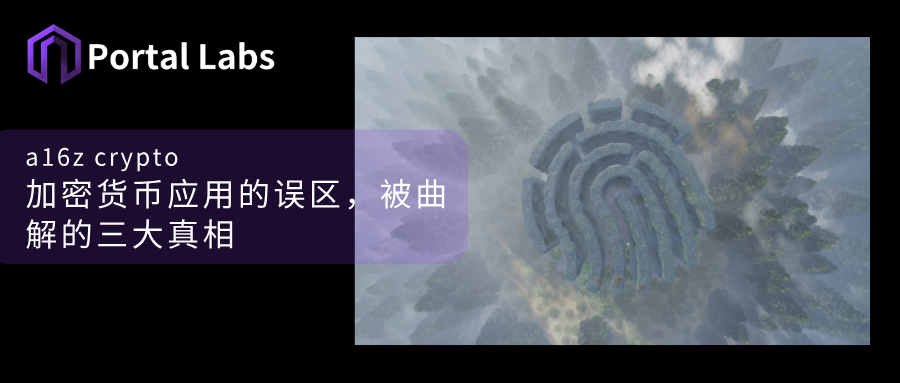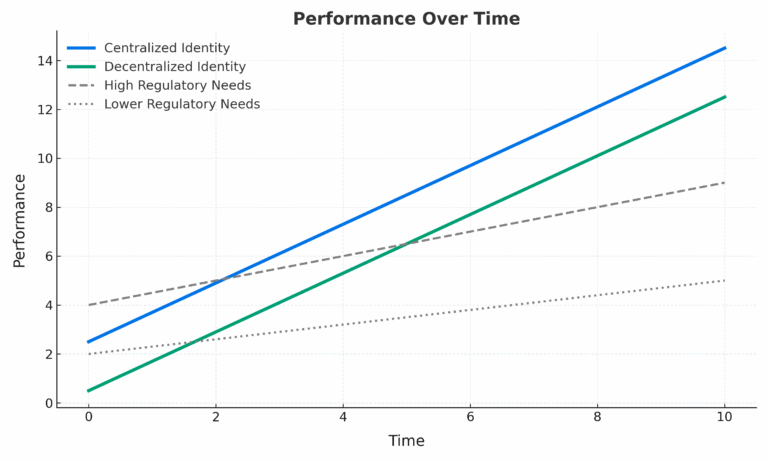
Article | a16z
Compiled by Portal Labs
Just a few weeks ago, Alex Blania, the founder of World, revealed his latest strategic trump card to a room full of crypto leaders. Although it is eye-catching to take advantage of the policy to seize the US market, the real stroke of genius is their lightning breakthrough into the mainstream consumer scene. This marks that cryptocurrency is tearing off the label of "geek club" and truly breaking into the Shura field of daily business.
World's move was ruthless: it was difficult to convince Americans to exchange their iris scans for a "real person authentication badge," even if they promised privacy protection (and the timing might be too early). But they had already done something big: they had been working quietly for the past three years to lay out three safeguards for this crazy plan.
First create real product value, then use tokens to sweeten the pot
In its early days, World also took an old path: attracting new users by token incentives. However, this path, which was praised as the "Bitcoin success paradigm" and later copied by countless projects, actually reversed the cause and effect. World stepped into a pit in early testing - the incentives were too strong, and users did come, but the privacy circle and some developers began to bombard: "This is not called growth, this is called using revenue as a fig leaf."
But don’t forget that the reason why Bitcoin has come to this day is that it has provided an unprecedented asset logic from the beginning: decentralization, fixed total amount, and not controlled by the central bank. Yes, miner rewards and skyrocketing myths attracted early speculators, and later also attracted institutions and countries. But the builders who really stayed behind did not see the "expectation of getting rich quickly", but its radical possibility as a new asset and payment system.
Most of the projects that later copied the gameplay are now waiting in line for burial in the "cemetery" of the crypto world.
The crypto world cannot escape the basic laws of economics. Just like any startup project, first make a real usable product, then use tokens to solve cold start or ecological incentive problems. Otherwise, no matter how many economic models there are, they are just empty talk.
Blania used three real pain points to prove his point: dating, gaming, and credit. Bots are rampant nowadays, and it is difficult to distinguish between humans and machines. So he put World's "real person proof" system on the table and explained why it is worth it for you to scan the sphere with your iris in exchange for a ticket to "I am a real person".
In an era where AI is accelerating its invasion of everything, sooner or later we will all face the need to verify whether we are human or not. World is just one step ahead of the curve.
Learning to deal with "infrastructure reversal"
We all jumped into the crypto boom in the early years. When I designed the Bitcoin experiment at MIT, I really thought that the payment and financial systems would be completely overturned in two or three years. Ten years later, we are just getting started.
If you want to really push crypto products beyond the industry, you have to align with the experience that traditional users and merchants are already accustomed to. This means that you must build a bridge between the old system and the new technology. And this bridge often requires some compromises that are unorthodox in the eyes of "crypto fundamentalists."
But you can’t avoid this stage. You have to go through the awkward period of “the old and the new sharing the same track”—what Andreas Antonopoulos calls infrastructure inversion. Imagine: dial-up Internet occupies the telephone line, and the first junk car on the road clatters through the gravel road. It doesn’t sound smooth.
This “technical fence-sitting period” makes it difficult to roll out new systems on a large scale at the beginning. They can only be patched in certain vertical scenarios, and there is no way to overturn the entire system. The AI field also has a similar dilemma.
World also tried to skip this stage at first and directly promoted the token as the protagonist. But the new version now has completely reversed the situation: embracing the "infrastructure reversal", returning to the practicality of the product, and moving more steadily and deeply.
Don’t dream of creating a wallet that can be used worldwide without connecting to old systems. Deposit and withdrawal must be as smooth as PayPal’s online payment, otherwise how can it become mainstream?
That’s why the new version of World App was connected to Stripe and Visa cards as soon as it was launched. Trust, familiarity, and practicality were all in place in one day. It was also because it was willing to be “backward compatible” that traditional finance had the opportunity to watch and test the waters instead of being eliminated directly.
This logic is also quietly pushing encryption behind the scenes of cross-border payments. In the future, perhaps technology can enter the mainstream, but before that, it must first "borrow the road" on the old track, open up the process, and minimize friction.
Don’t forget that many crypto mechanisms (including economic models) only work at scale. But to achieve scale, people have to get on board first. Without a ramp to get on board, even the most perfect model will just run in vain.
Whether encryption can succeed depends on implementation
Like all new technologies, crypto is not destined to win. Don’t believe the myths of those self-indulgent fans. To be more specific, “decentralization”, the soul pillar of crypto and its most critical contribution to subverting the market, has never been a sure thing.
Stablecoins are a good example.
 In order to access the traditional financial system, the crypto world has created such a tool, which is indeed useful. But problems also arise: the ghosts of centralized management and closed networks have been invited back again.
In order to access the traditional financial system, the crypto world has created such a tool, which is indeed useful. But problems also arise: the ghosts of centralized management and closed networks have been invited back again.
I tend to believe that open architecture will win out in the end, but don't forget that those "vested interests" have no reason to let you pass easily.
Blania and his team made a big bet: that users would care about decentralized control of data, and that companies would build a better user experience on this system. Once decentralized identity impacts the existing landscape, how difficult it will be to deal with it - centralized players have a natural advantage in UX and functionality from the start.
So if World wants to overtake, the first step is to convince users to hand over their biometric data. The US market has already started, and it will soon be clear whether they can find a balance between "privacy vs convenience".
Of course, it might be smarter to change to a gentler "onboarding method": for example, first issue a familiar "authentication badge" that can unlock additional features in your frequently used apps. Don't rush people to stare at the sphere and scan their irises. The problem is that this way of identity authentication is not so reliable and can be easily manipulated, circumvented, or broken.
Blania’s judgment may be correct. In this endless cat-and-mouse game with AI, only military-grade biometrics are truly “unbreakable”. But that doesn’t mean he can’t be more gentle and not push users to the sphere on the first day.
Of course, those who want to take advantage of the airdrop will line up online, but this wave of sweet excitement will only last for a few days at most. Once the subsidies stop, the enthusiasm will fade. Real sustainable growth only exists in daily value realization, and this is their real opportunity point.
If World App can break through the circle with its payment experience, coupled with smooth global deposit and withdrawal channels, it may really hit the breaking point.
Conclusion
Now it seems that they have bet on the whole rhythm. Next, we only have one thing to watch:
Can the crypto world truly break into the mainstream market?
Regardless of whether the World experiment is successful in the end, what I hope to see is that there are more crypto projects willing to shift the spotlight away from "token economics" and "price jumps" and turn to actually making products that can be used in daily life.
Because although this shift is not sexy or lively, it is the step that the entire industry must take if it wants to enter the mainstream market.







